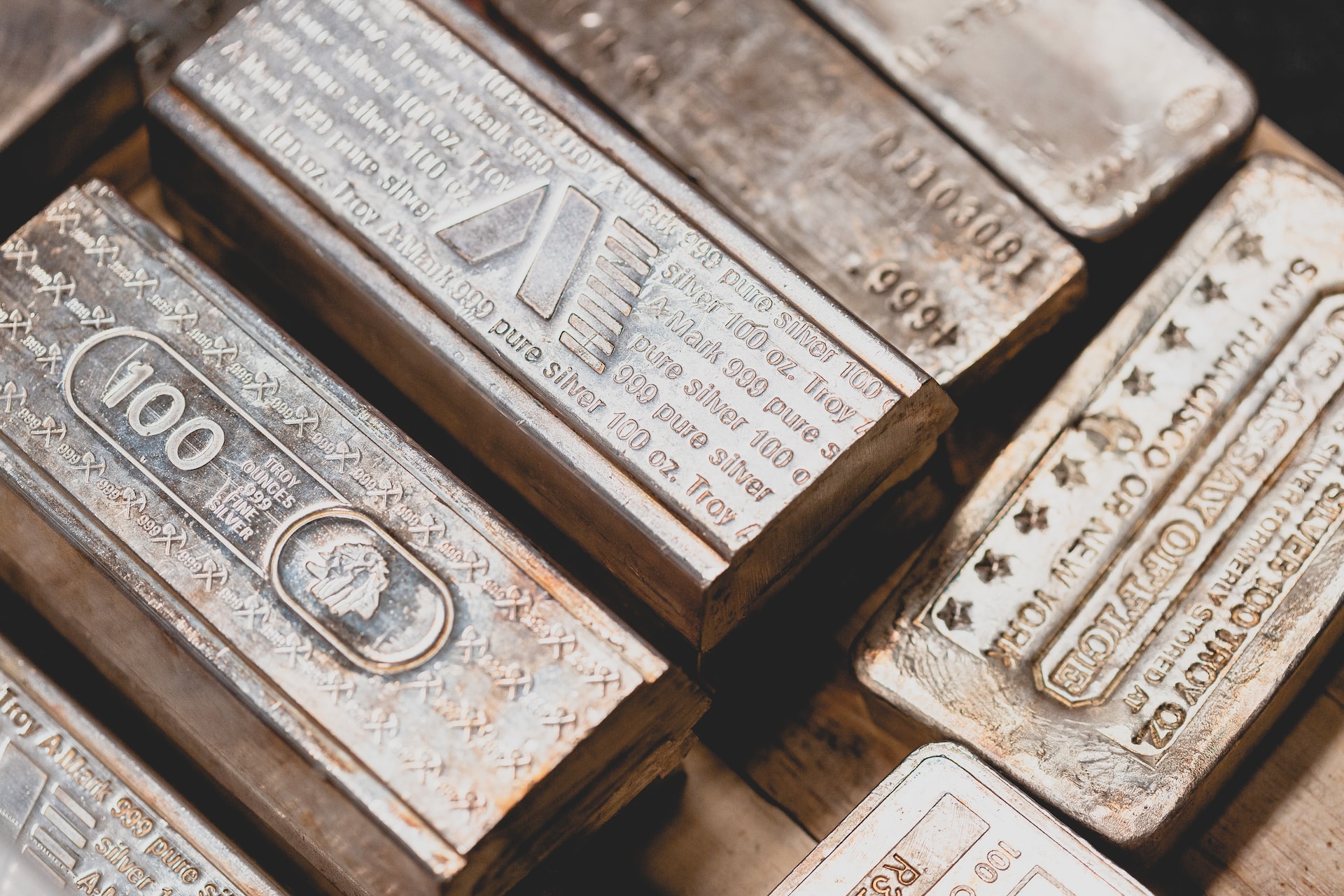
Pros
- Ways to diversify a portfolio
- Hold on to their important benefits
- Protect against inflation
- Many investment options and
Cons
- Taxation
- There is no cash flow during the hold period
- Changeable
- Other costs included include transaction fees, shipping, storage and insurance
Pros Explained
- Differences: The price of precious metals is not linked to movements in the stock or bond markets, or the value of real estate.
- Hold intrinsic value: Their value remains stable or increases over time. Inflation: Precious metals increase in value during periods of economic growth or uncertainty.
- Many ways to invest in precious metals: You can buy precious metals directly, invest in funds or ETFs that contain precious metals, invest in mining companies or produce precious metals or buy in funds that invest in these companies, or use futures contracts to invest in them.
Cons Explained
- High Taxes: The Internal Revenue Service (IRS) classifies precious metals as collectibles, which means that in most cases they are subject to a 28% sales tax, instead of sales tax. lower which affects other durations. -investment time.1
- There are no fixed income streams: Assets can generate passive income through dividends, and real estate can generate passive income through leveraged loans. Although the price of precious metals increases, they do not generate income that you can get without selling the property. Volatility: While the price of gold is stable, the prices of silver, palladium and other precious metals are volatile, meaning losses can happen quickly.
- Additional Costs: If you purchase physical jewelry, they may incur transaction fees, shipping fees, storage fees, and insurance.
What do precious metals mean for investors?
Investing in precious metals is a way to create a portfolio made up mainly of stocks and bonds. However, an investor should be aware of the many ways to include precious metals in a portfolio, the additional costs that come with these options, and the long-term performance of precious metals or investments related to them. – considered. Also keep in mind that rapid growth or lack of growth in profits can be dangerous in itself.
- Precious metals, commonly traded in gold and silver, are hedges against inflation or economic uncertainty.
- There are many ways to add precious metals to a portfolio, including buying physical metals (bars, bricks, or coins), buying a mutual fund or ETF that holds precious metals, or buying them.
- Investing in companies that mine or produce precious metals.
- Although precious metals retain their value over time, their prices can fluctuate. It is important to be aware of any additional fees or charges associated with investing in precious metals.